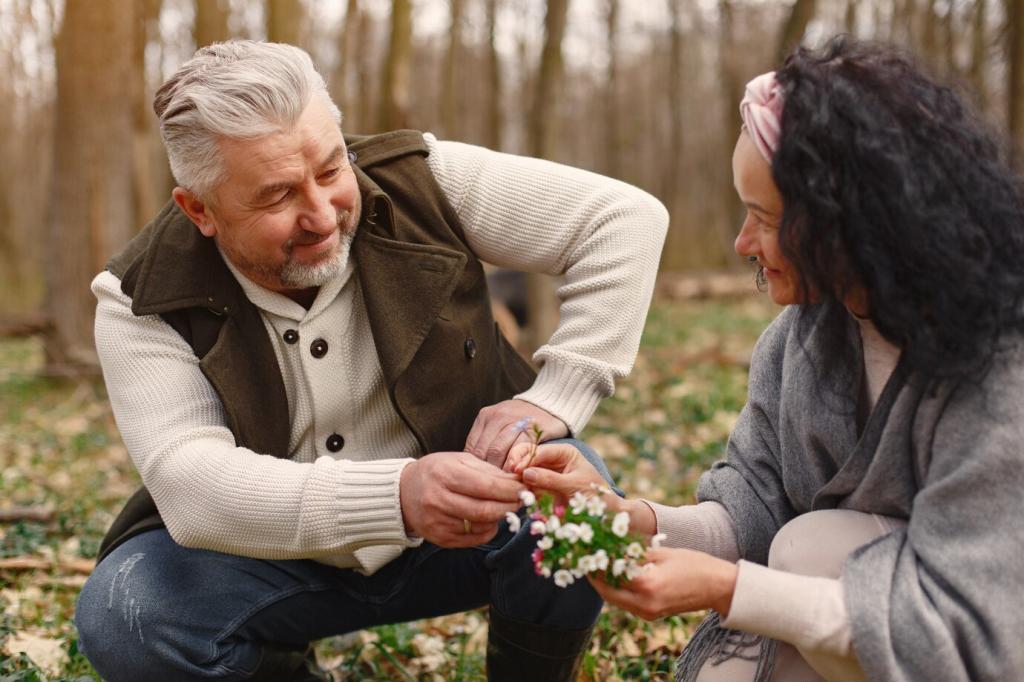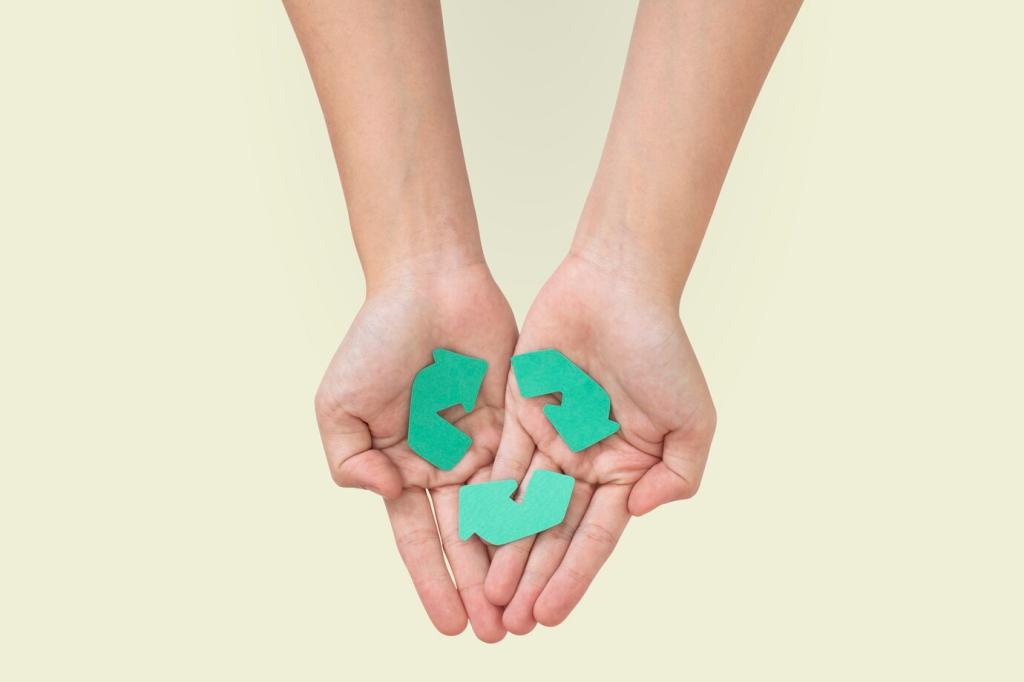Repair, Don’t Replace
Loose seams and small tears respond well to saddle stitching with waxed linen thread. Reinforce stress points gently, respecting original stitch holes to avoid new perforations that might weaken the leather.
Repair, Don’t Replace
For delamination or minor splits, choose water-based adhesives rated for leather. Pair with scrap patches from offcuts, keeping colors close. This approach avoids harsh fumes and keeps material in circulation.
Repair, Don’t Replace
A reader once revived storm-battered boots at a local repair café, sharing tools and stories over tea. Seek a cobbler who embraces sustainable materials, and tell us your repair wins below.
Repair, Don’t Replace
Lorem ipsum dolor sit amet, consectetur adipiscing elit. Ut elit tellus, luctus nec ullamcorper mattis, pulvinar dapibus leo.










